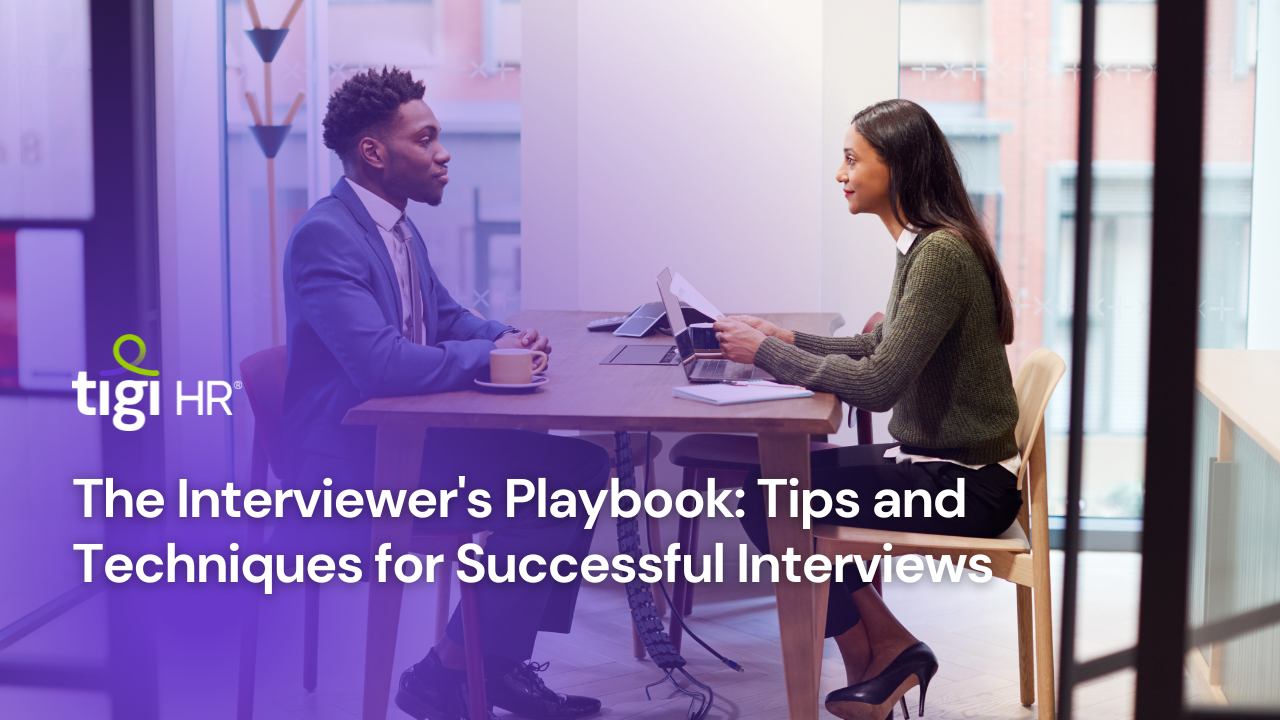In the rapidly evolving landscape of talent acquisition, organizations must adapt their sourcing strategies to stay competitive and attract top talent effectively. Traditional hiring methods are no longer sufficient to meet the demands of the modern job market, where qualified candidates are in high demand. To address this challenge, organizations are turning to innovative sourcing strategies that leverage technology, social media, networking events, and employee referral programs.
Technology plays a pivotal role in modern sourcing strategies, with Applicant Tracking Systems (ATS) and AI-powered recruitment tools streamlining the recruitment process and improving the efficiency of sourcing and screening candidates. These tools enable recruiters to identify passive candidates who match job requirements based on their online profiles, skills, and experiences, ultimately expanding the talent pipeline and enhancing the quality of hires.
Social media platforms such as LinkedIn, Twitter, and Facebook have emerged as valuable sources for sourcing talent. With over 700 million users worldwide, LinkedIn remains a powerhouse for recruiters, offering advanced search filters and networking opportunities to identify and engage with potential candidates. Similarly, Twitter and Facebook provide platforms for recruiters to connect with candidates discussing relevant topics and share job openings to attract qualified talent.
Networking events and industry conferences provide unique opportunities for recruiters to build relationships with potential candidates and showcase the company culture. By attending relevant events, recruiters can engage with candidates in person, discuss career opportunities, and nurture professional relationships, ultimately expanding the talent network and driving business success.
Employee referral programs continue to be a cornerstone of effective sourcing strategies, with research indicating that employee referrals have the highest applicant-to-hire conversion rate. By incentivizing employees to refer qualified candidates and recognizing successful referrals, organizations can amplify their sourcing efforts and attract top talent through trusted networks.
In conclusion, effective sourcing strategies require a multifaceted approach that reaches beyond traditional methods and adapts to the changing landscape of talent acquisition. By leveraging technology, social media, networking events, and employee referral programs, organizations can build a robust talent pipeline and attract the best candidates in today’s competitive job market. These innovative sourcing strategies not only enhance the quality of hires but also drive business success by securing top talent to fuel growth and innovation.






